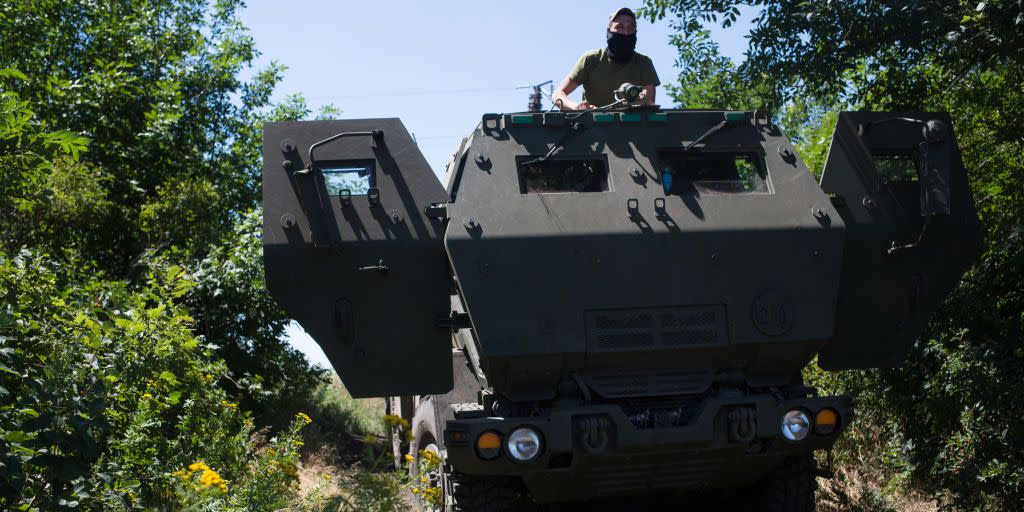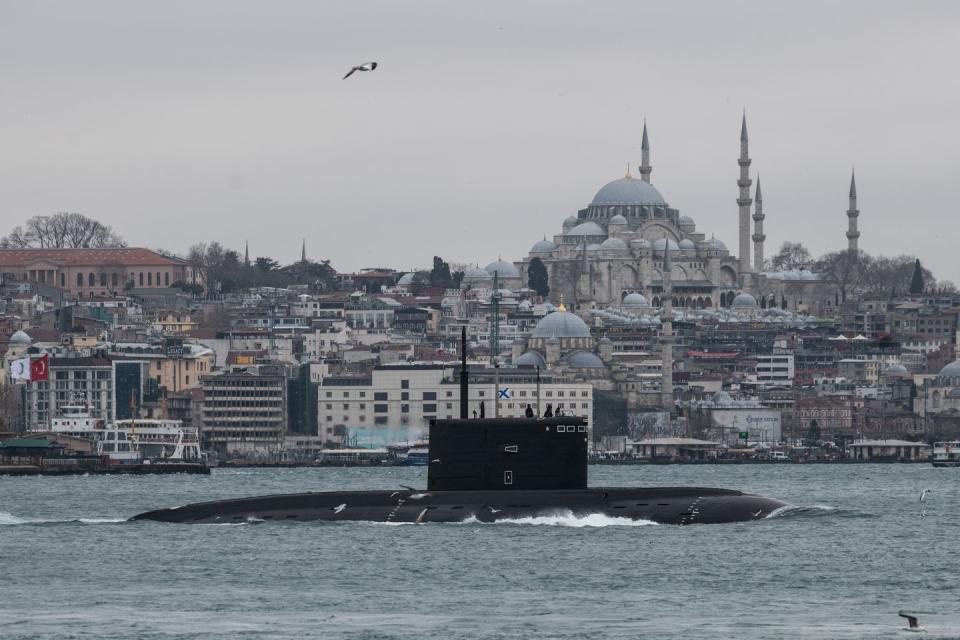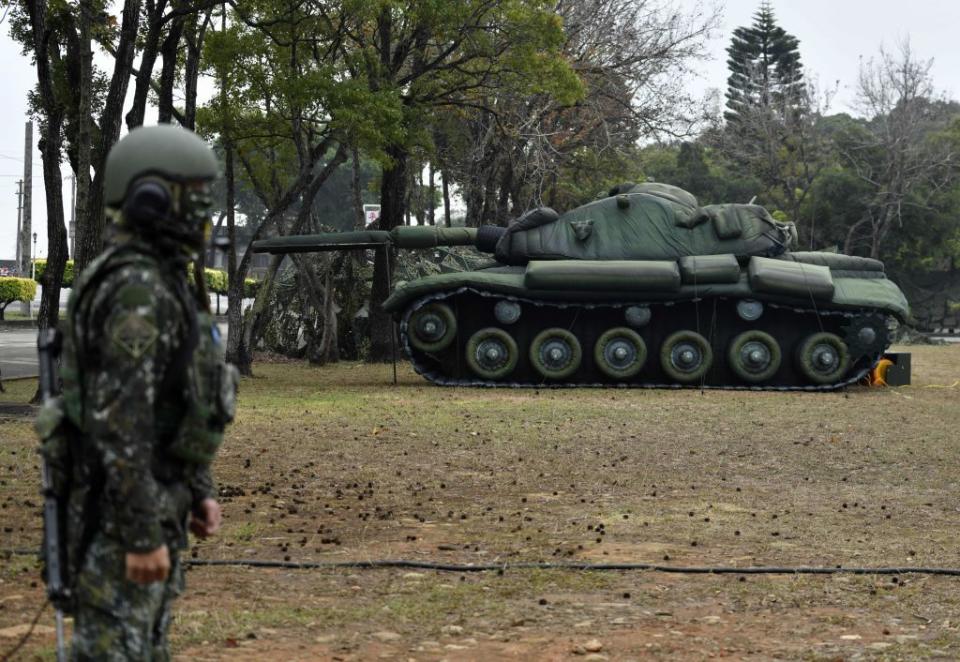Ukraine Is Building Wooden HIMARS Decoys to Fool Russia—And It’s Working

Ukraine has built a number of fake HIMARS truck-launched rocket systems.
Built from wood, the fakes have cost the Russian military millions in wasted missiles.
The deception operation is working so well that Russia claims to have destroyed more HIMARS than the U.S. government has even sent to Ukraine.
Ukraine’s small fleet of HIMARS rocket launchers are protected by an unlikely group of bodyguards: decoys that resemble the real thing. The decoys, constructed from wood, have repeatedly attracted the attention of Russian missile strikes. That has allowed Ukraine’s real HIMARS vehicles to continue firing in preparation for the long-awaited counteroffensive, which began this week.
✈︎ Don’t miss any of our best-in-class military and defense coverage. Join our squad with Pop Mech Pro.
So far, the United States has sent 16 M142 High Mobility Rocket Systems (HIMARS) to Ukraine. HIMARS combines an armored truck with six Guided Multiple Launch Rocket Systems (GMLRS) GPS-guided 227-millimeter rockets. Each rocket travels at speeds in excess of Mach 3, has a range of 50 miles, and comes equipped with a 200-pound high-explosive warhead. GMLRS uses the GPS navigation system to land typically within nine feet of the aiming point.
GMLRS’s combination of range, accuracy, and explosive power has made it the terror of the Ukrainian battlefield, ranging far behind enemy lines to destroy targets vital to the Russian war effort. GMLRS rockets have rained down on enemy supply depots, fuel depots, headquarters units, air defense systems, and other targets. The goal has been to terrorize invading Russian troops, proving to them that no place within 50 miles of the front line is safe, and corroding the systems of supply, command, and control that tie the Russian front together. It’s this corrosion of the Russian Ground Forces, and their excessive losses over the last six months, that are setting the conditions for a counteroffensive to take back southern Ukraine.
HIMARS have worked so well that Russian Defense Minister Sergei Shoigu recently made the trucks a high priority, the target of an intense search behind Ukrainian lines. HIMARS are moved with great secrecy across eastern Ukraine, rarely showing up in social media posts and often firing their rockets at night. According to The Washington Post, these secret movements have been complemented by public displays of full-scale, wooden decoys meant to resemble HIMARS trucks.

The ruse is working. Fake HIMARS targets have drawn the attention of at least ten Kalibr land-attack cruise missiles. 3M-14 Kalibr missiles, similar to the American Tomahawk cruise missile, are subsonic, precision-guided cruise missiles with a range of 932 to 1553 miles and a 1,000-pound high-explosive warhead. Kalibrs are launched from Russian submarines and surface ships in the Black Sea and likely fast missile boats in the Caspian Sea.
Each Kalibr missile costs about $1.2 million. In other words, Ukrainian decoys have not only drawn attention from the real HIMARS, they’ve also forced Russia to waste about $12 million in cruise missiles that take months to build.

Decoys have a storied history in modern warfare. During World War II, the United States built up an entire fictitious army group, the First United States Army Group (FUSAG). FUSAG, commanded by General George S. Patton, was allegedly a group of allied armies, approximately 30 combat divisions and a quarter million troops strong. Quartered in southeastern England, FUSAG was preparing to storm the beaches at Pas-de-Calais, the closest beach in France to the British Isles.
In reality, FUSAG was a sham, actually consisting of a just few thousand soldiers building fake buildings, barracks, tents, and armored vehicles for German reconnaissance aircraft looking for signs of an invasion force. The group was designed to make German planners worry about a second “real” landing in France, after the allied invasion of Normandy. As a result, German reinforcements failed to attack the real landing force in a timely fashion.

In 2016, a Russian hot air balloon company came out with a series of full size, inflatable fake weapons designed to mimic the real thing. The weapons included MiG-31 and Su-27 fighter jets, T-72 and T-80 main battle tanks, and a complete inflatable version of an S-300 surface-to-air missile system. There is no evidence Russia’s Ministry of Defense ever purchased any. Ironically, all of these weapons would later participate in the invasion of Ukraine.
You Might Also Like

